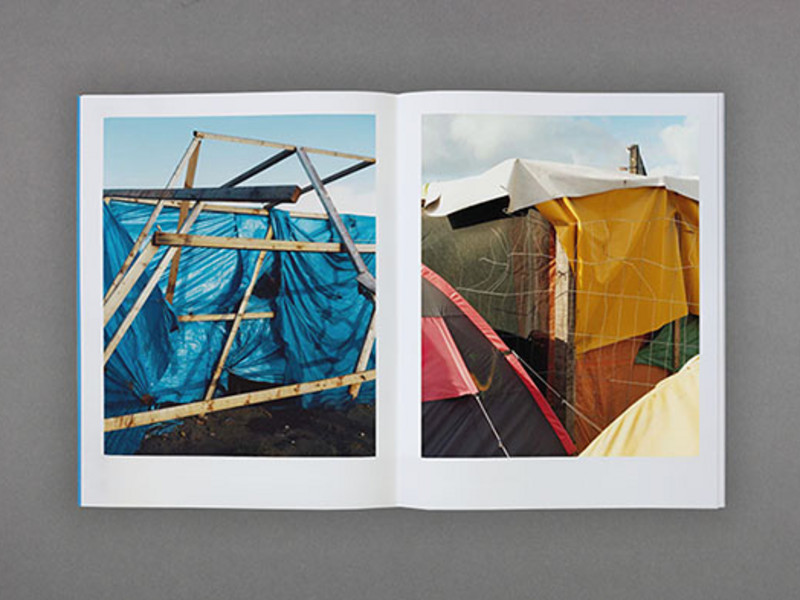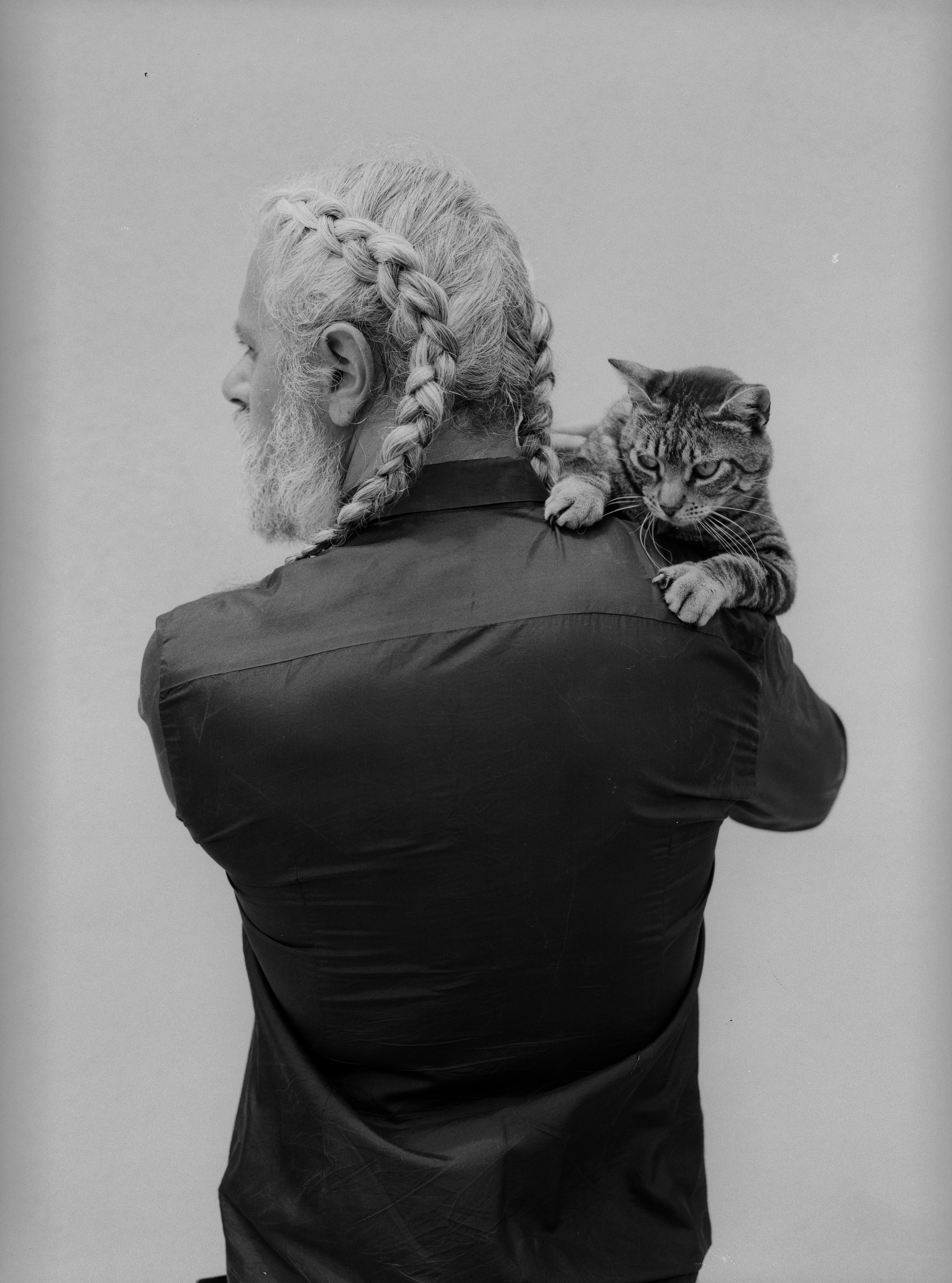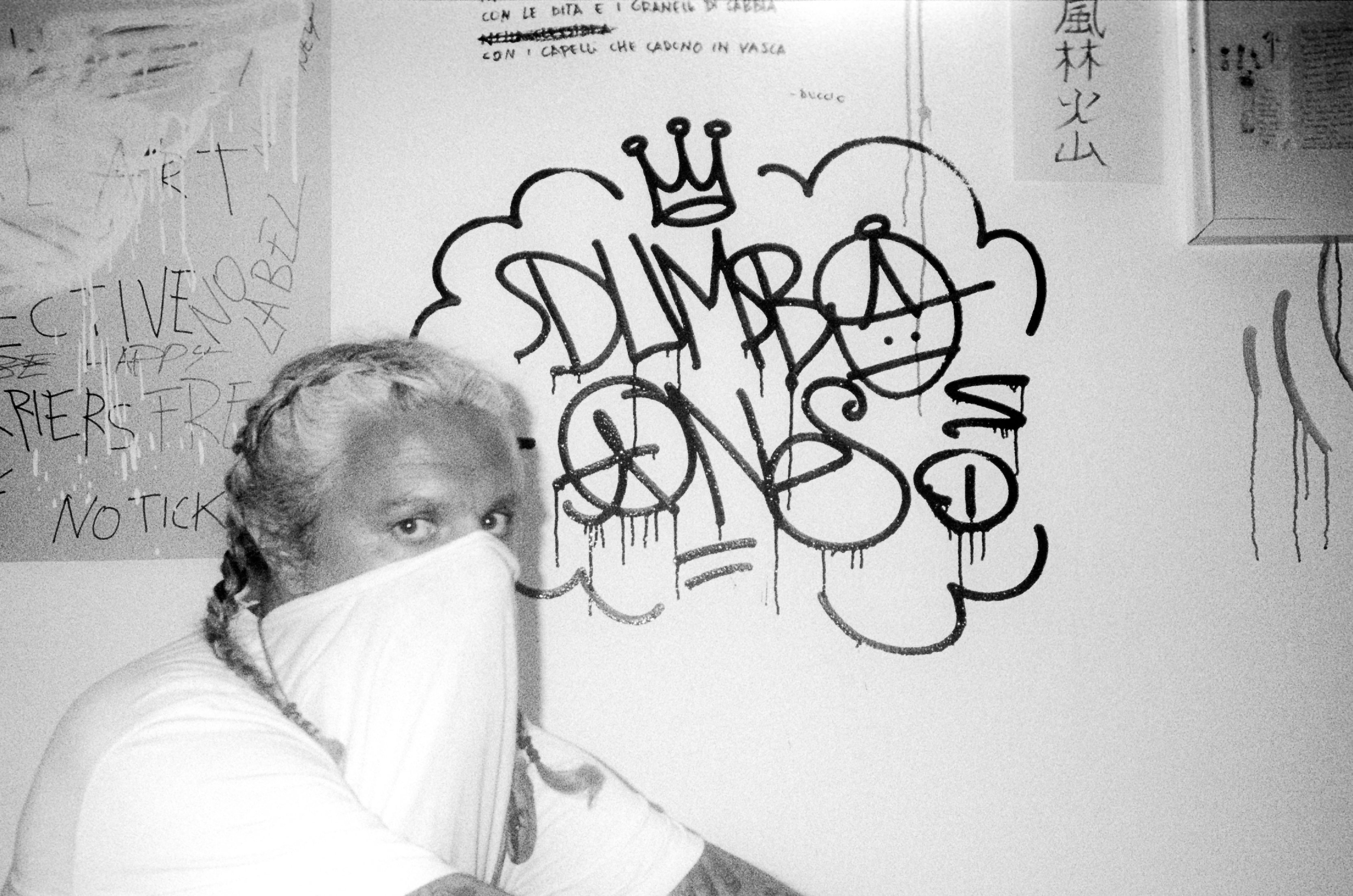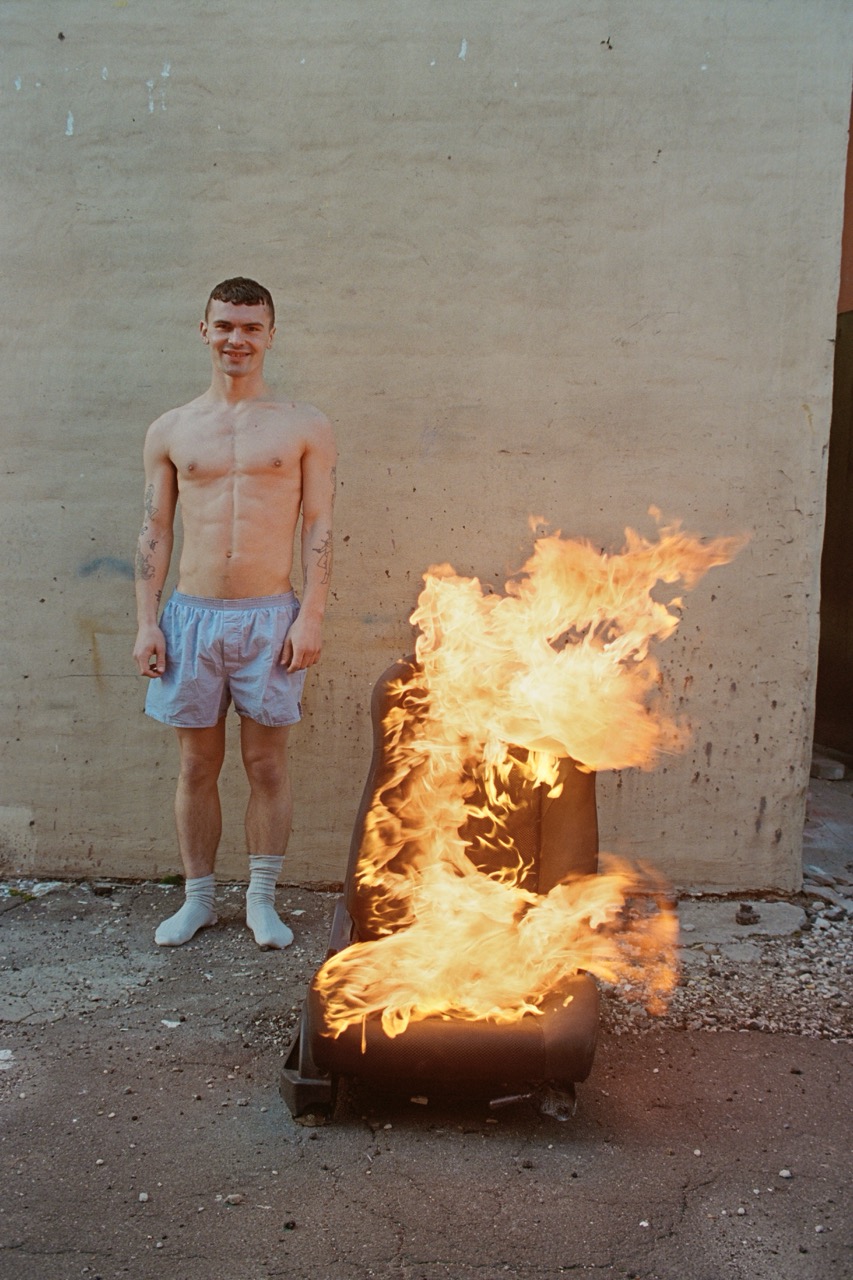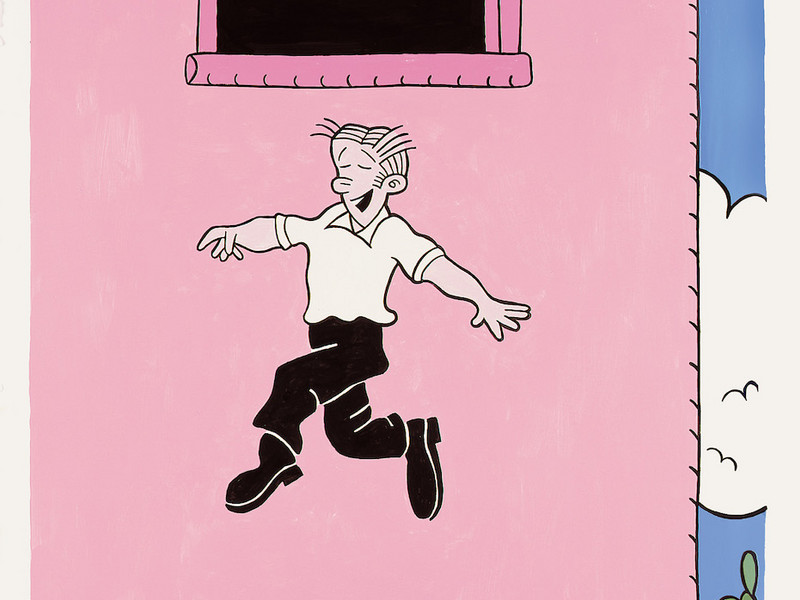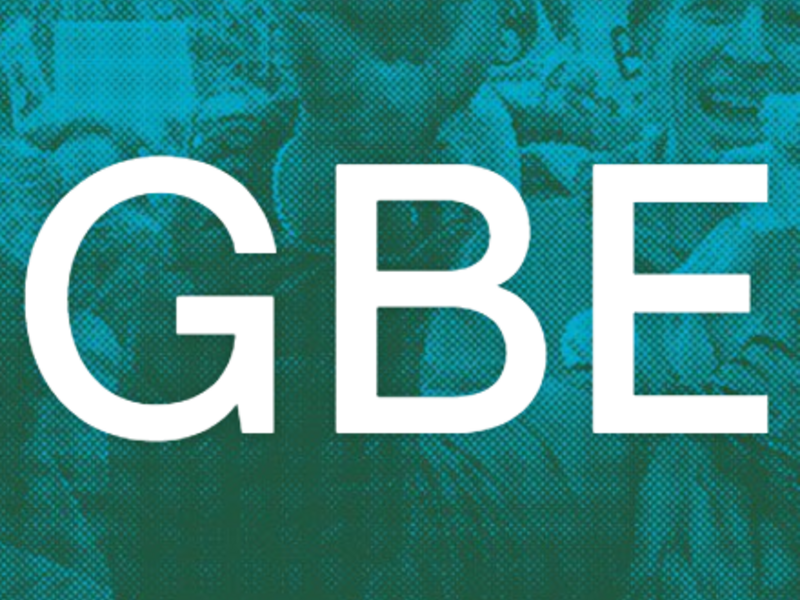Dancing With Death

The conceptual basis of the show spawns from Eagleton’s grappling with the inevitability of death, an idea that became all the more potent when Eagleton realized he was approaching the age at which his father passed 20 years ago. After learning of these origins, the work becomes all the more fascinating when chronicling the ways in which Eagleton both maintains these ideas and departs from such.
Though Eagleton’s motifs come from the works in his Grandfather’s collection, I find it particularly interesting to consider the his decision to eschew many aspects of these motifs, mainly the religious ideology that would be pervasive in these older works. Instead, Eagleton opts to render those same skeletal symbols as effectively futile, a decision which alienates them from any sort of religious ideology, or practically any ideology for that matter.


Instead, Eagleton asks us to grapple with the infinite uselessness of the human being in relation to its environments, an idea which is emphasized through the beautiful and unsettling landscapes that surround the subjects of the works. This emphasis on setting, maintained both through abstraction and an ethereal palette, effectively humbles the central characters that dance and contemplate in the works, making them seem almost secondary to the natural processes that exist with or without them.


Perhaps then there is an ideology within the work after all. I don’t want to fully commit to saying that the works resemble a nihilist picture, because I think that within Eagleton’s idea of human “futility” there exists a commitment to optimism: the half human - half skeletons continue to dance, in spite of, or maybe even because of the inevitable decay that surrounds them.
